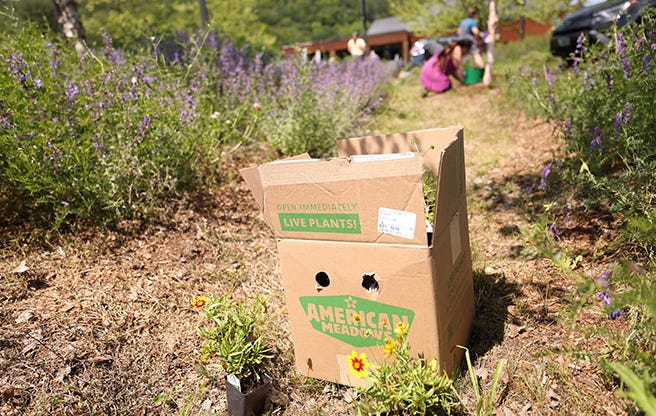Scarlett O'Hara Large Cupped Daffodil
SKU: AM002730
Shipping:
Shipping begins the week of September 16th, 2024
Overview
Bold Scarlett O'Hara adds dramatic flair in mid-spring. Sunny yellow petals frame the flashy-orange cup adding cheer to your garden, patio, or balcony. This large cupped daffodil is more than just good looks with its resistance to deer, squirrels, and rabbits. Long-lasting flowers add fragrance to your garden and make great cut flowers to enjoy inside.
key features
Botanical Name
Narcissus 'Scarlett O'Hara'
Advantages
Bee Friendly, Deer Resistant, Rabbit Resistant, Squirrel Resistant, Easy To Grow, Naturalizes, Cut Flowers, Fragrant, Container Planting
Growing Zones
Zone 2, Zone 3, Zone 4, Zone 5, Zone 6, Zone 7, Zone 8, Zone 9
Light Requirements
Full Sun, Half Sun / Half Shade
Soil Moisture
Dry, Average
Mature Height
12-14" tall
Bulb Spacing
6 per sq ft
Bloom Time
Mid spring
SKU
AM002730




